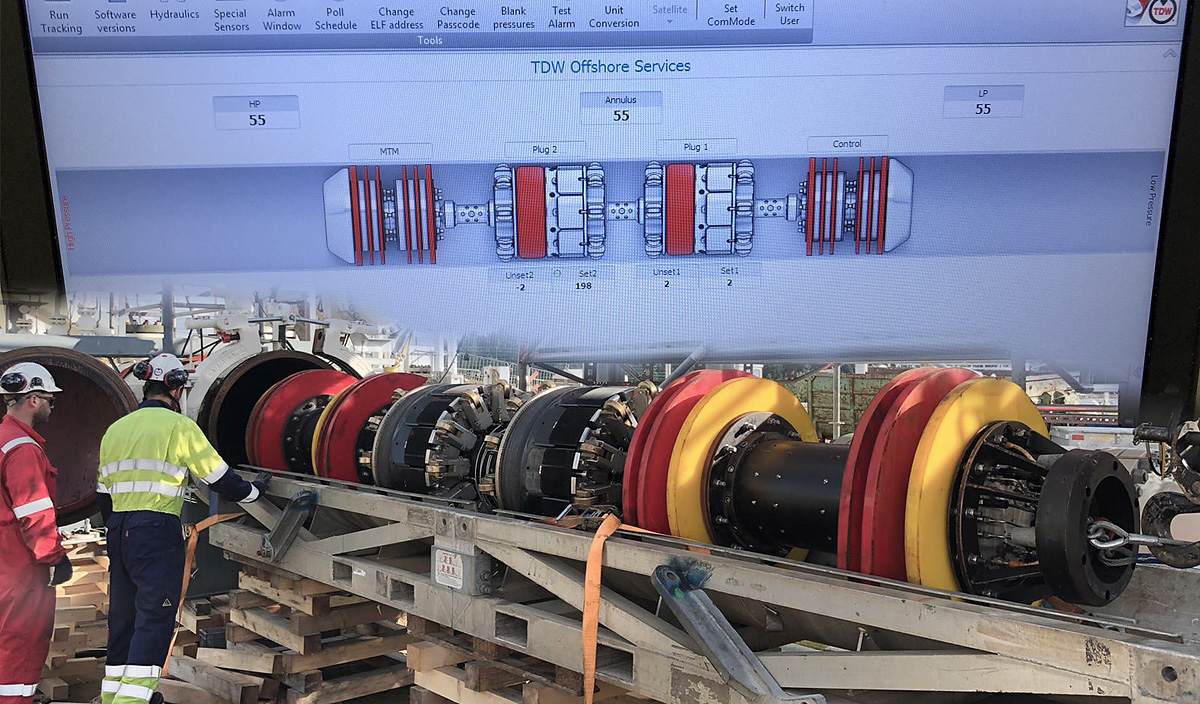Goal achieved: transport restrictions and emissions reduced to a minimum
The Oberkappel metering station of the West-Austria gas pipeline has been brought to the state of the art by a complete renewal. By using a typical offshore technology, on the one hand, transport restrictions could be minimized and on the other hand, methane emissions into the atmosphere from the Arnreit-Oberkappel section could be avoided. This is in line with European initiatives, such as programs of Marcogaz, the Technical Association of the European Gas Industry, to further reduce methane emissions.
The project team of Gas Connect Austria has opted for this new and environmentally friendly solution.
Smart Plug – innovative approach
The term Smart Plug is more likely to be associated with intelligent sockets and timers, which can be found in almost every household today. During the renovation of the Oberkappel metering station, a Smart Plug of a completely different kind was used for the first time.
In the first step, a temporary measuring system with two measuring sections was set up between the two pig traps. Subsequently, the old piping had to be disconnected from the pipeline network to liquidate the old system. At the same time, however, both the Penta West and WAG pipelines had to remain in operation with minimized restrictions.
During a carefully planned shutdown of the station, the inlet and outlet ball valves were replaced by welded-on pipes. To maintain the gas transport from the PENTA WEST pipeline to its eastern WAG section during the pipe construction work, the connection to the construction site was cut off by means of a Smart Plug.
Using gas distribution, the Smart Plug supplied by the Norwegian company T.D.Williamson, was positioned precisely between the entrance of the station and the outgoing part of the PENTA WEST pipeline.
Two seals and mechanical locking devices on the Smart Plug were remotely controlled and pressed against the inner wall of the pipe by hydraulic pumps. Pipe clamps were attached to the outer wall of the pipe so that the product pipe could absorb the counterpressure.
Finally, there were pressures of 56 bar upstream of the Smart Plug, 27 bar between the two seals and 0 bar downstream of the Smart Plug so that, after sufficient air ventilation, the pipe construction work could be carried out gas-free at the pressure-relieved pipe end. The pressures at the Smart Plug were continuously monitored and recorded by the Norwegian technicians in order to guarantee safety at the construction site at all times.
You can find a clear illustration in this video:
https://www.tdwilliamson.com/resources/videos/smartplugr-pipeline-isolation-system

